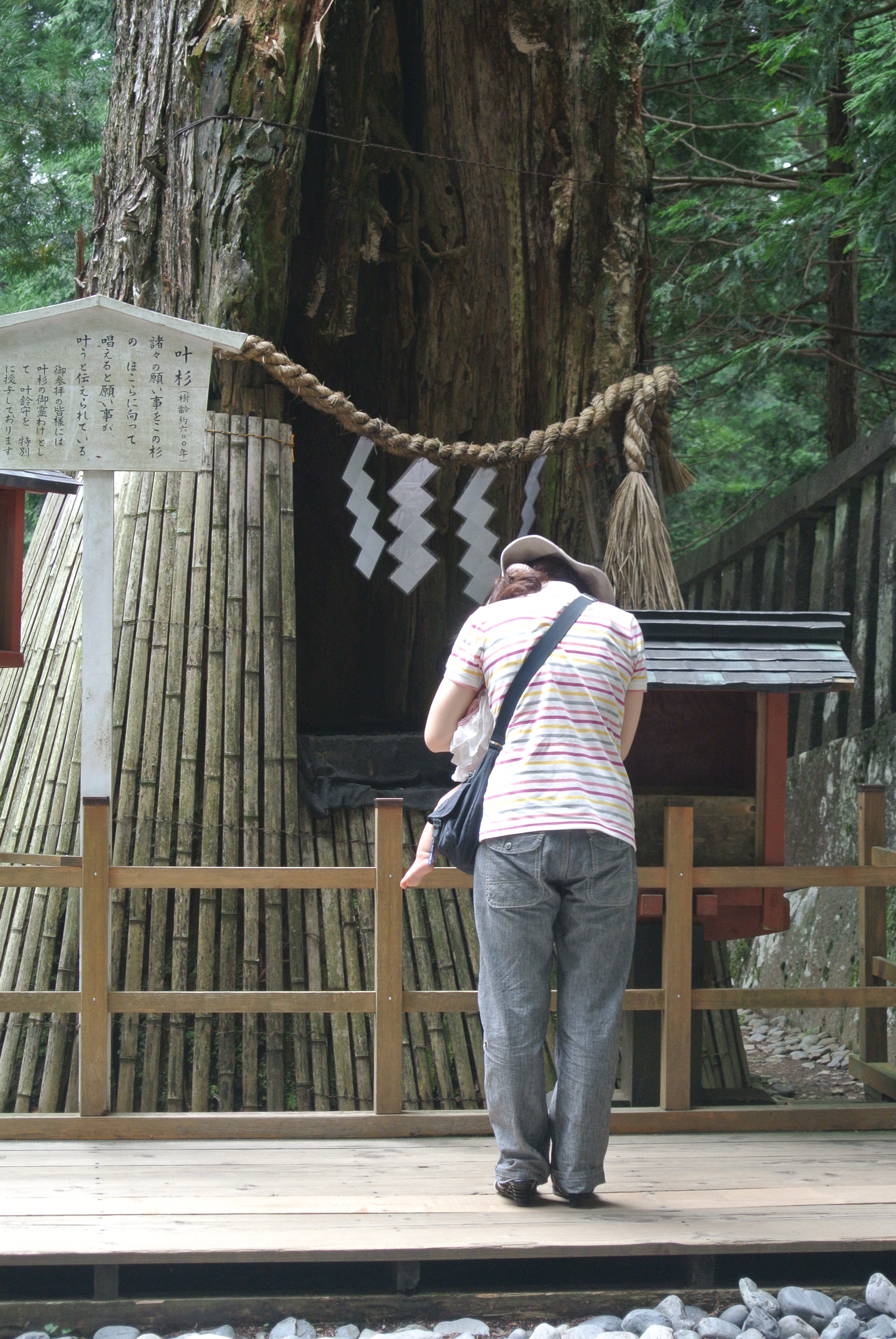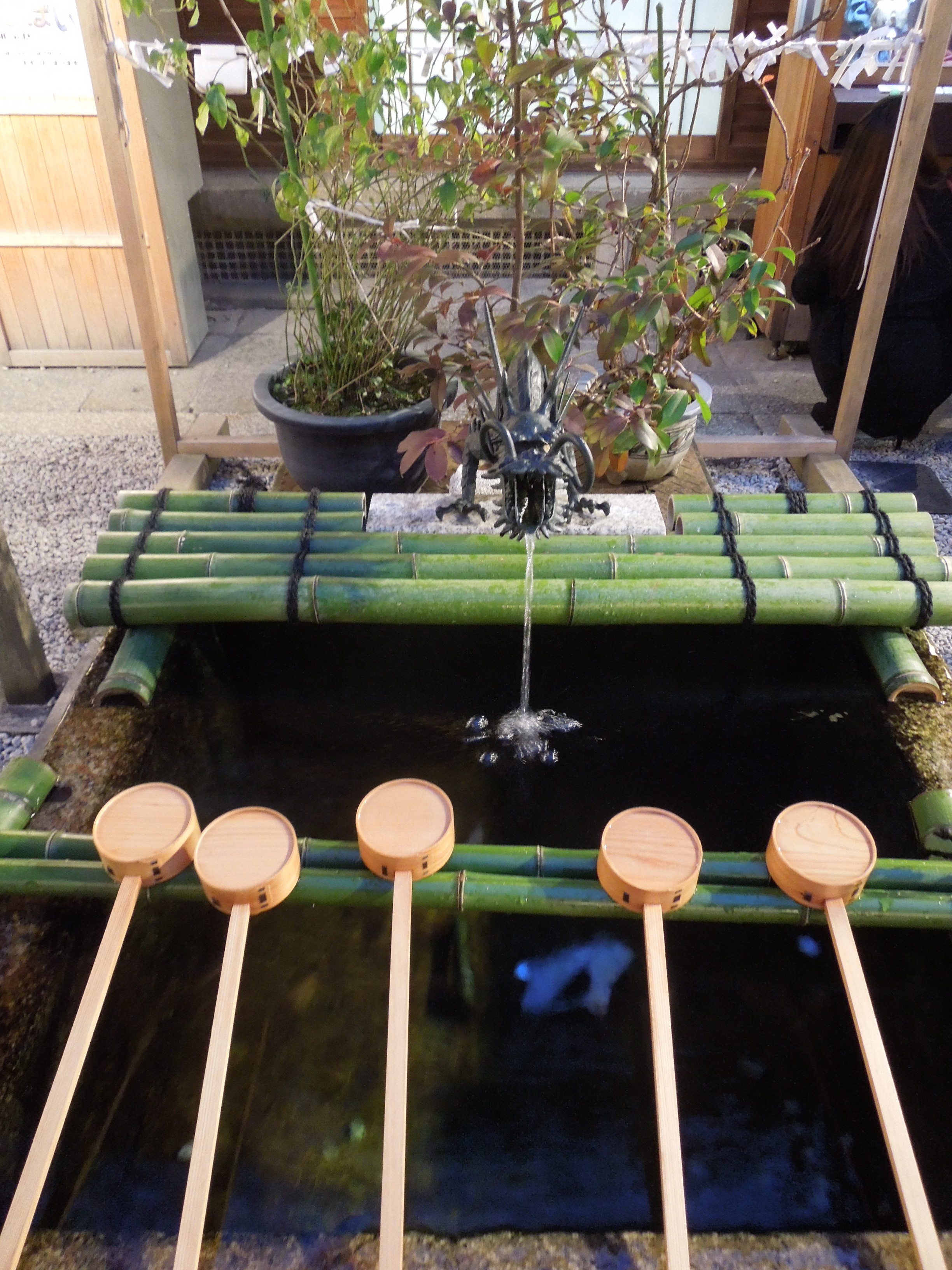
Learning how to pay respects is an important first step into the world of Shinto.
I remember the first training I had in Shinto. We started off by visiting shrines and discussing what we saw: I’d ask questions, my partner would explain, and I’d ask for clarifications. Bit by bit, my questions grew more informed and her explanations more detailed.
We started off with simple things such as the names of shrine buildings and how to tell the Honden (where the ‘body’ of the kami resides) from the Haiden (the Worship Hall where prayers are said). The Sanctuary for the seat of the kami is raised higher than the Worship Hall to show respect, just as in rooms for the shogun or feudal lords the most elevated position is reserved for the one with the highest status. You look up to them – literally. (Interestingly ‘kami’ in Japanese can mean ‘upper’ or ‘higher’, though linguists say the derivation is different.)
One of the key points in these shrine visits was paying respects in the proper manner. Concern with correctness is a key Japanese trait, and I couldn’t help wondering if the Shinto insistence on the right form lay at the root of it. For example, when entering the shrine, you should make for the temizuya, or basin for hand washing. This is a symbolic purification to show respect for the kami, whose pure nature would be despoiled by contamination.
By washing your hands, you show your sincerity; in a sense you are washing your heart-mind. But you cannot just splash the water over yourself in any old way, for this being Japan there’s a prescribed procedure. First you take the wooden dipper with your right hand and ladle water onto the left, then you switch hands and ladle water onto your right hand. Finally you hold the dipper again in your right hand, pour some water into your left hand, and with that wash out your mouth. Then holding the dipper upright so the remaining water runs down the handle and cleanses it for the next person, you replace it back in its proper place across the top of the rock basin.
My companion watched me do this with keen attention, pointing out where I could have done better. The devil lies in the detail runs an English saying, but here the detail was very much the way to the divine. The style of worship too was tightly prescribed. First a slight bow, then a rattling of the bell to alert the kami before tossing coins into the offering box, following which there was a ritualistic 2-2-1 procedure; two bows, two claps, one bow. Here again form was all-important. Another key aspect of Japanese culture, I thought to myself…
(by John Dougill)

Pure spring water for purification prior to praying

Instructions for non-Japanese on how to do the symbolic purification

The tourist boom has led to multilingual explanations. Ten years ago there would have been no information in English.

Leave a Reply